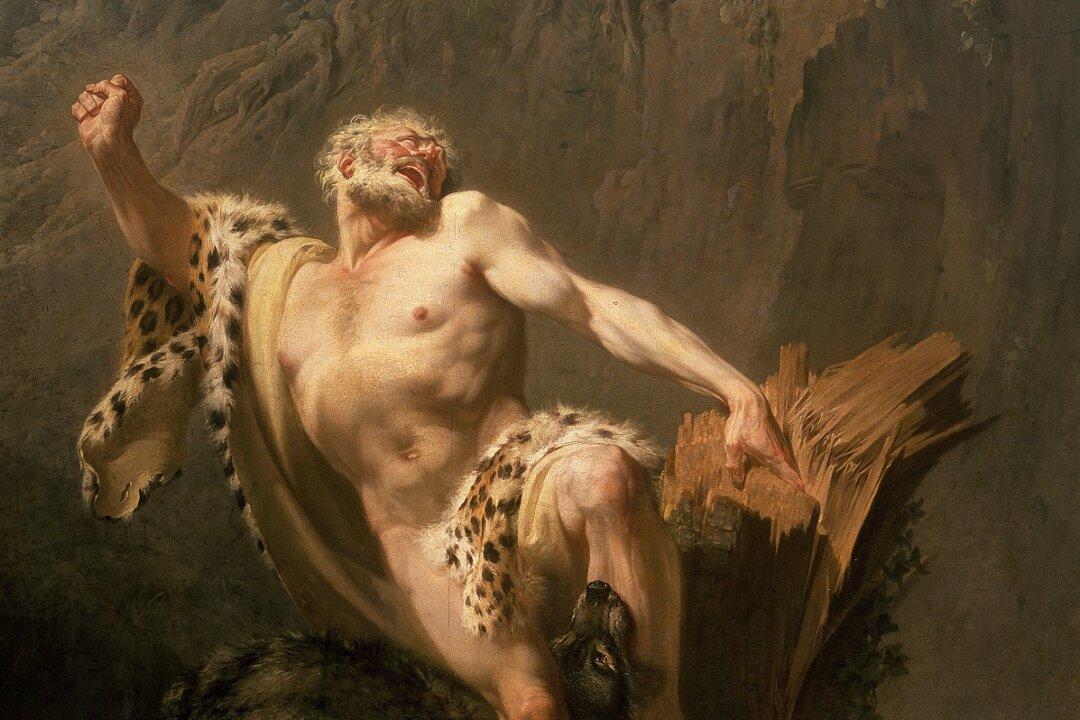Have you ever watched someone try to show off and then suffer instant repercussions for their actions? In ancient Greece, pride was sometimes considered dangerous. Myths such as Icarus flying too high to the sun and Narcissus looking at his own reflection served as cautionary tales that revealed the dangers of pride, hubris, and vanity.
Milo of Croton, now popular in fitness circles, was another citizen of ancient Greece whose life story may serve as a warning of the consequences of pride.





